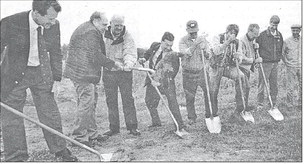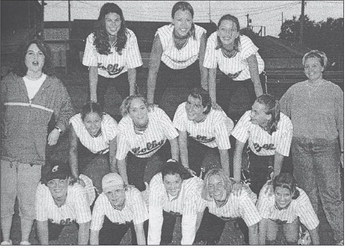Christmas during the Great Depression


How would your child or grandchild react on Christmas morning if his only gifts were an orange, a few nuts, and perhaps a small toy? It would be a feeling of great disappointment. After all, Christmas is supposed to be a time for children to experience great joy and excitement when opening much-anticipated presents.
Back during the time of the Great Depression, this is what Christmas was like for most children. And it wasn’t just for one Christmas because the Great Depression lasted ten years from 1929-1939. However, children during the Depression were excited to find an orange in their stocking on Christmas morning because oranges were so expensive they rarely had one at any other time.
Christmases during the Depression were nothing like Christmas today. There wasn’t the abundant gifts to buy nor the mad rush of shopping and commercialization we experience each December. There were no lavish parties, with a wide assortment of food and gift exchanges. Many gifts were homemade and were desperately needed items of clothing. If a family was fortunate enough to have a Christmas tree during the Depression, families decorated their tree with handmade ornaments and food such as popcorn and cranberries. It was during the Depression that tinsel icicles were first introduced as they were an inexpensive way to add beauty to a Christmas tree. It was during the Depression years when several iconic items were introduced. In 1931, the image of Santa Claus in Coca-Cola advertisements first appeared. Sears introduced their Christmas “Wish Book” during the Depression, and in 1935, the board game Monopoly made its debut at Christmas. It was also during the Depression when Putz Houses became very popular. Putz Houses were small, inexpensive cardboard buildings that would be assembled and placed under the Christmas tree.
Despite the terrible economic conditions during the Depression, Christmas could still be joyful. People were able to enjoy the true meaning of Christmas. Without all the commercialization and shopping for perfect gifts, families could spend time together. They could gather around a table and read the story of the first Christmas when baby Jesus was born in a manger in Bethlehem. They could attend a Christmas worship service and caroling with family and friends.
Whether celebrating Christmas during the very challenging years of the Great Depression or the affluent hectic year of 2023, the hope of Christmas remains the same. Peace on Earth and good will toward man. This hope is even more essential today with the terrible wars in Ukraine and Israel. May we all find some peace on Earth during this special time of year.
Be Our
G uest





